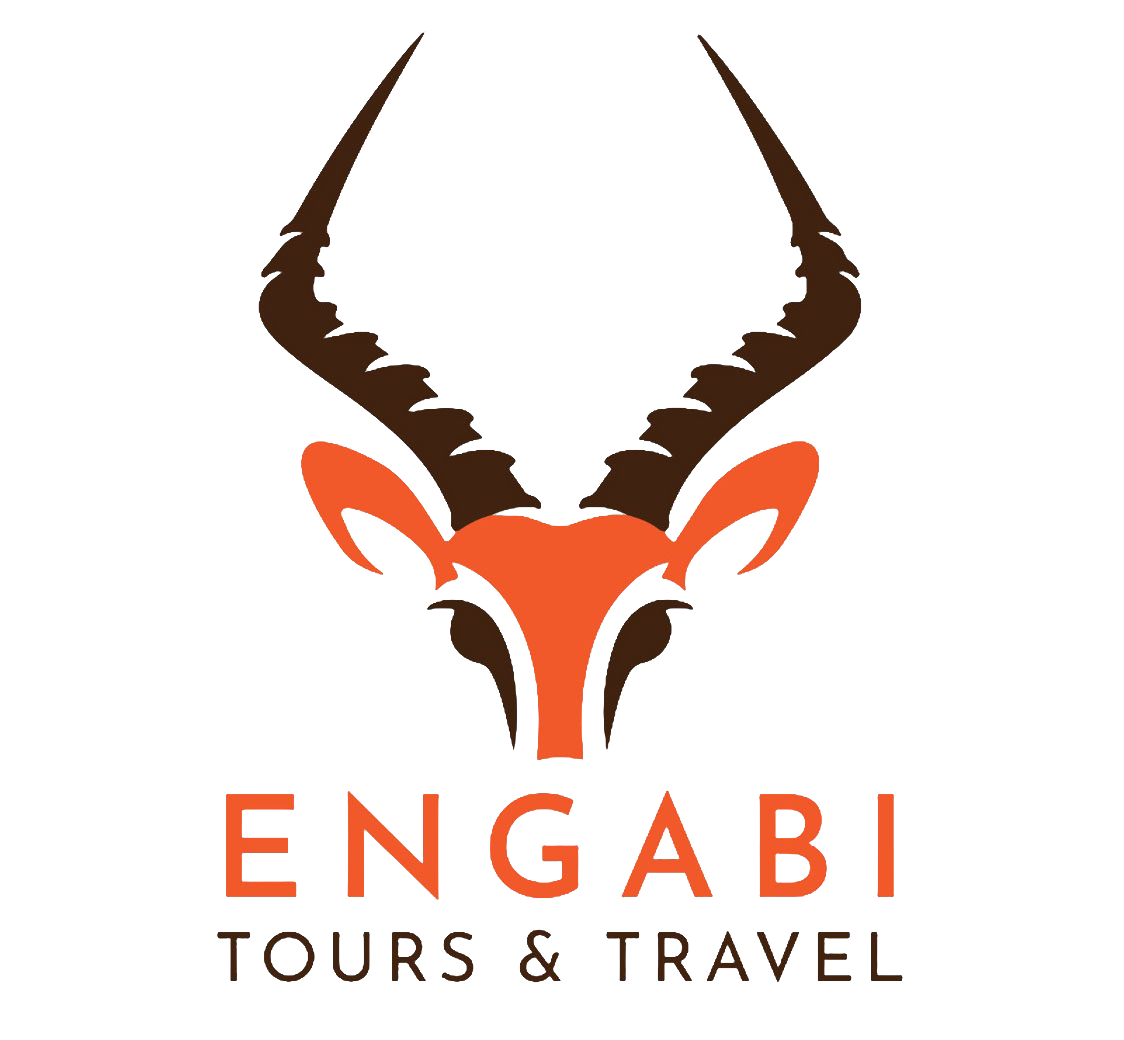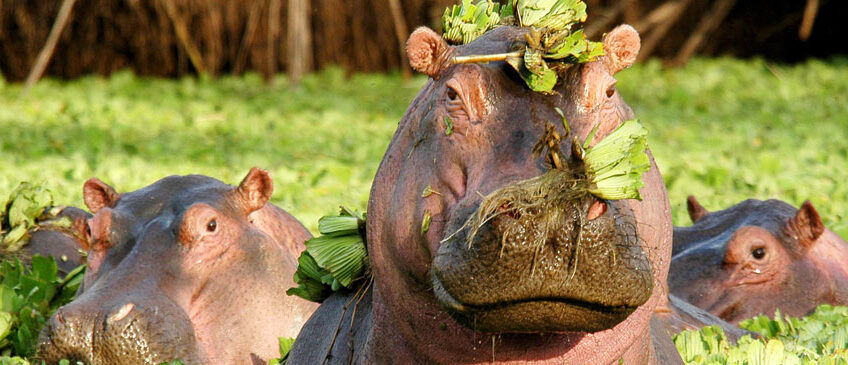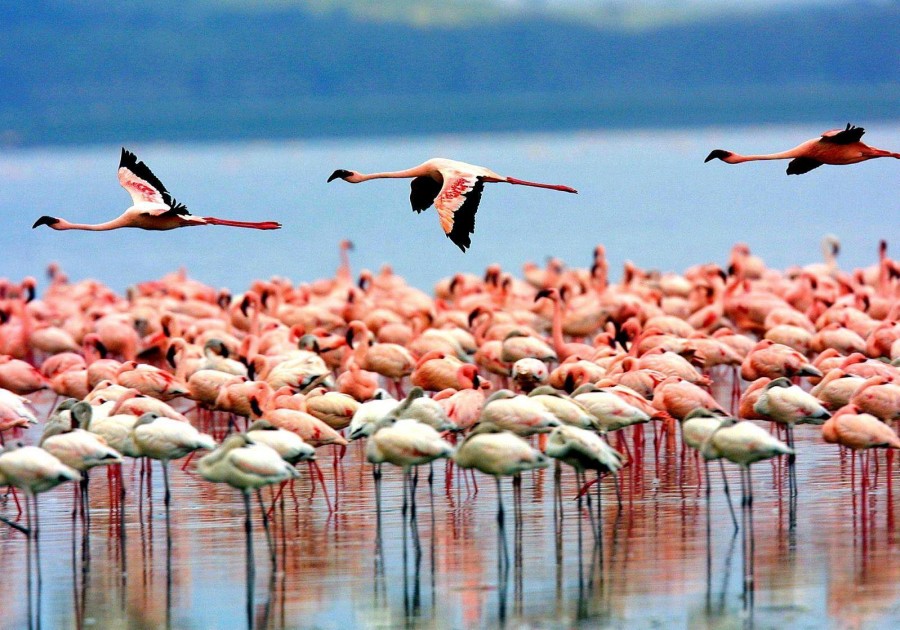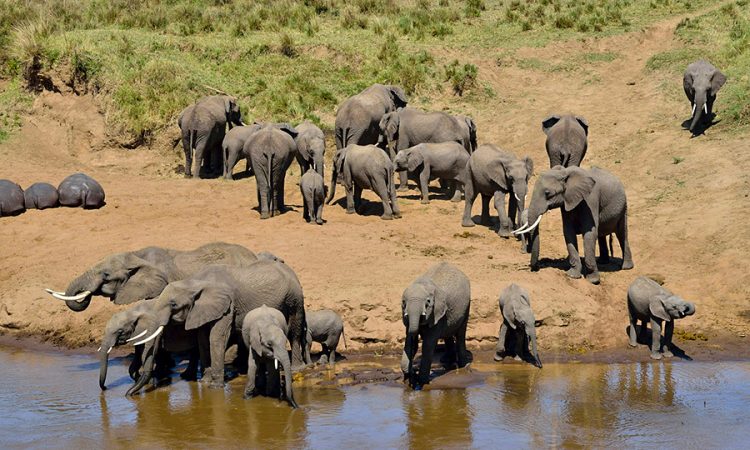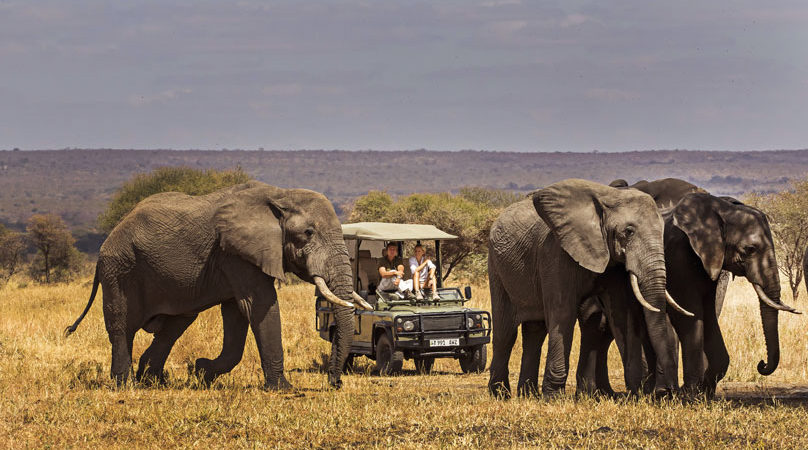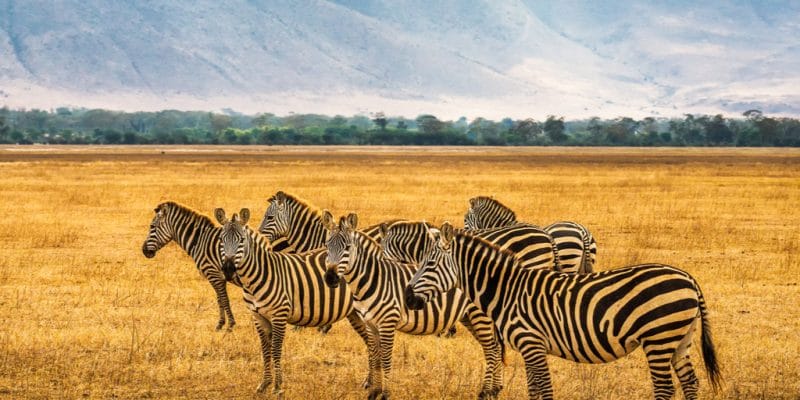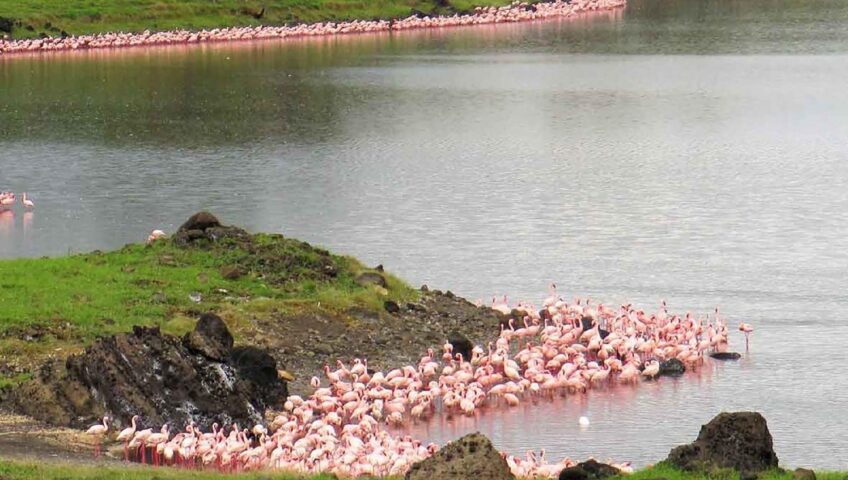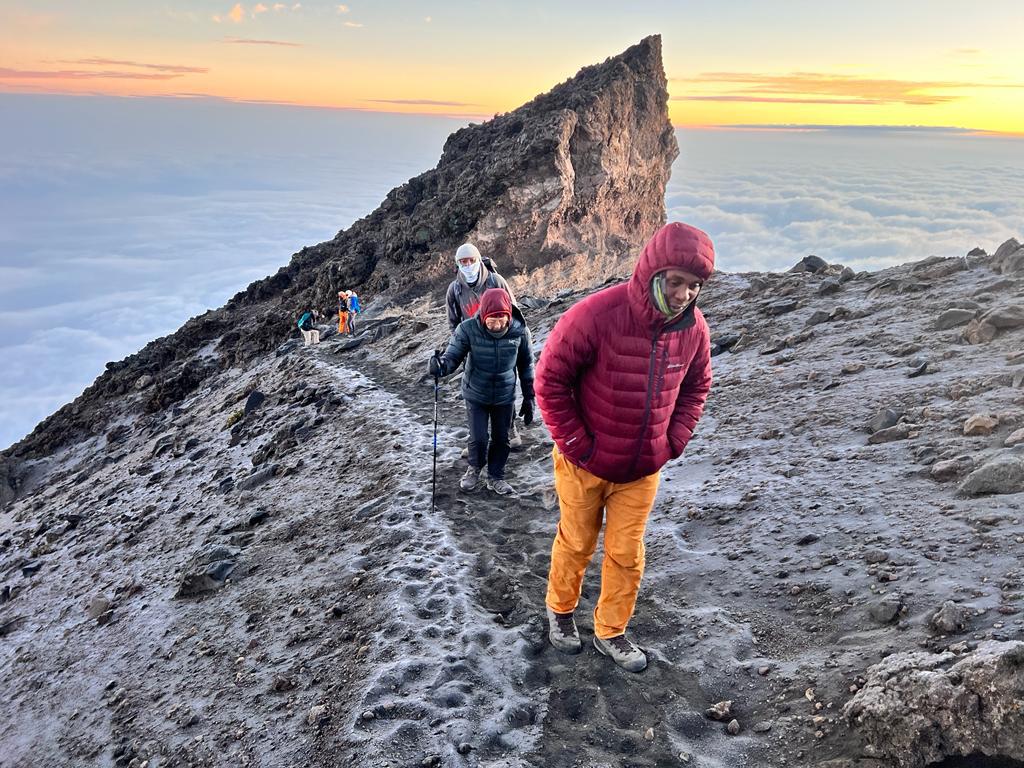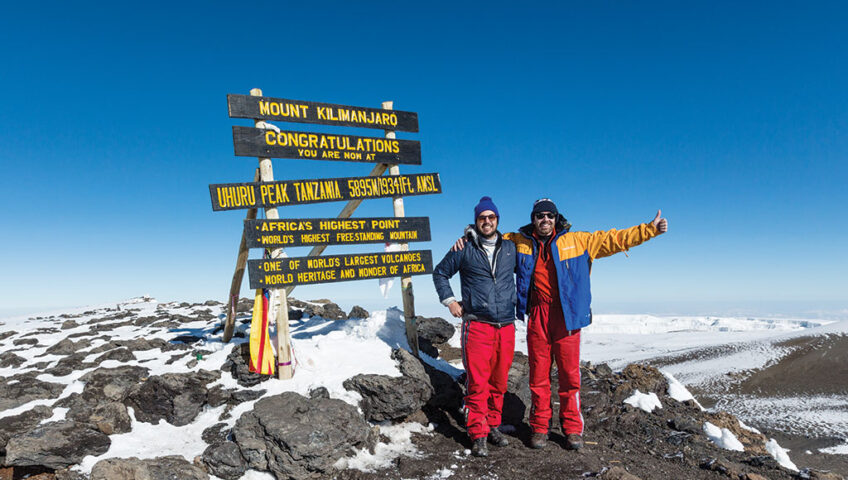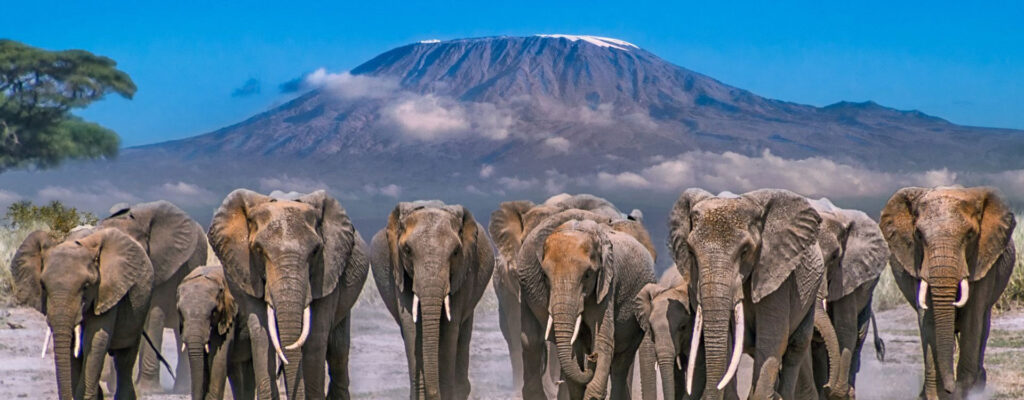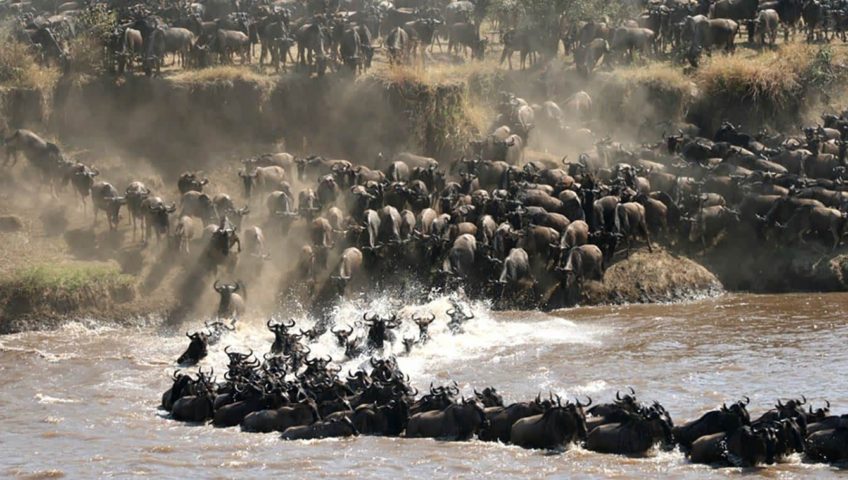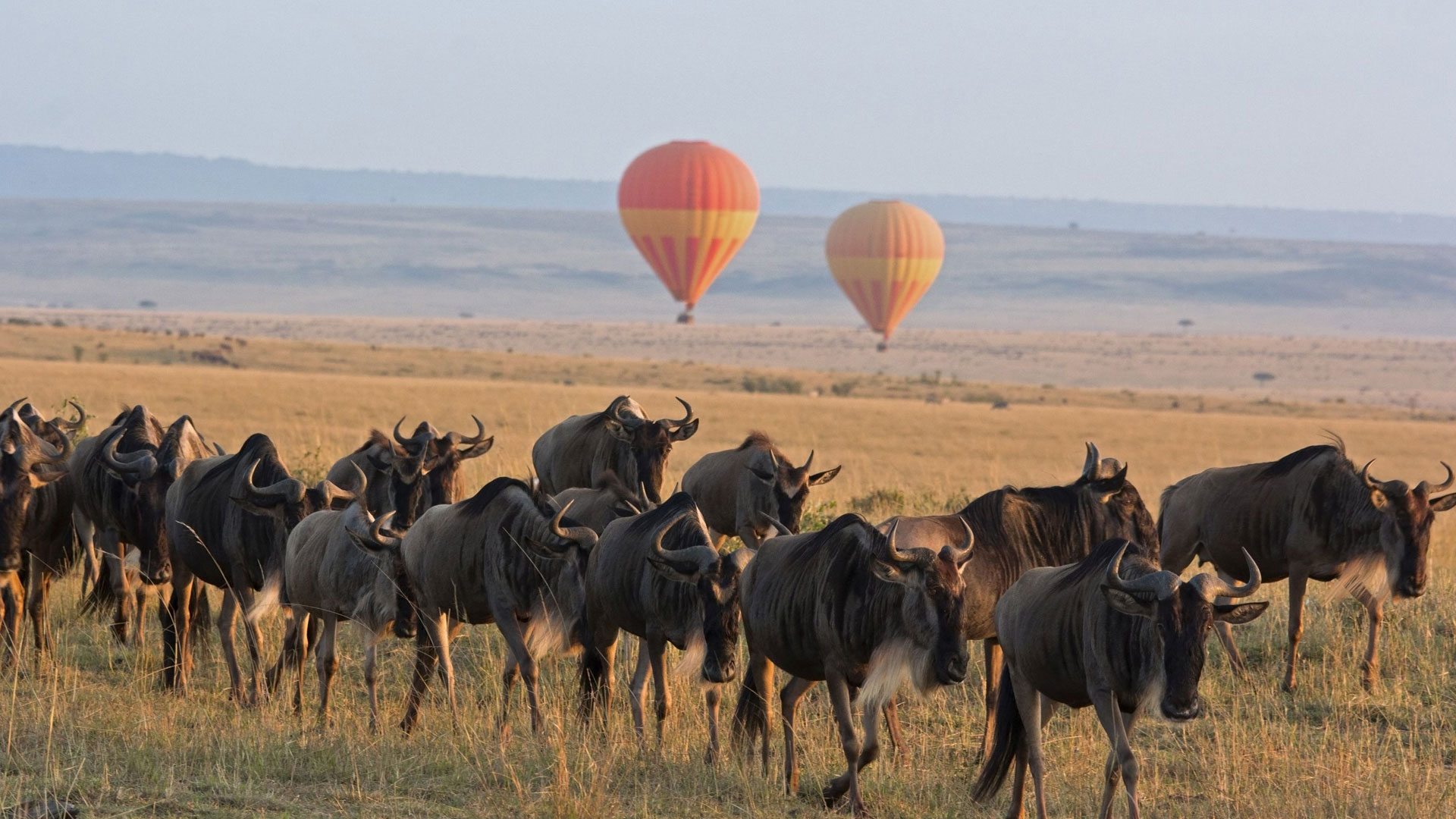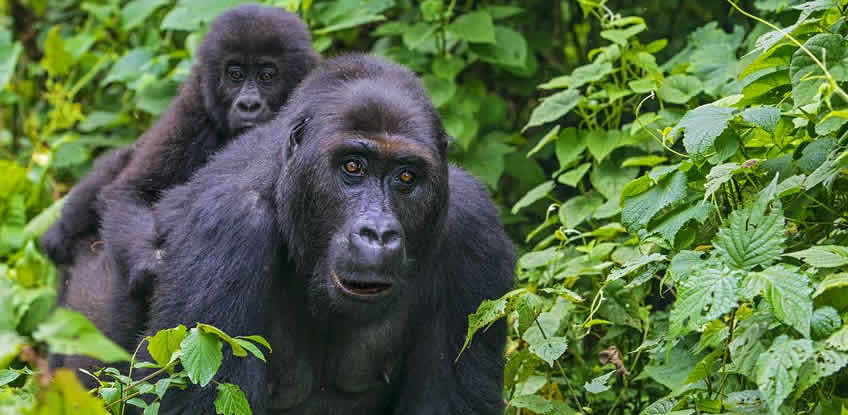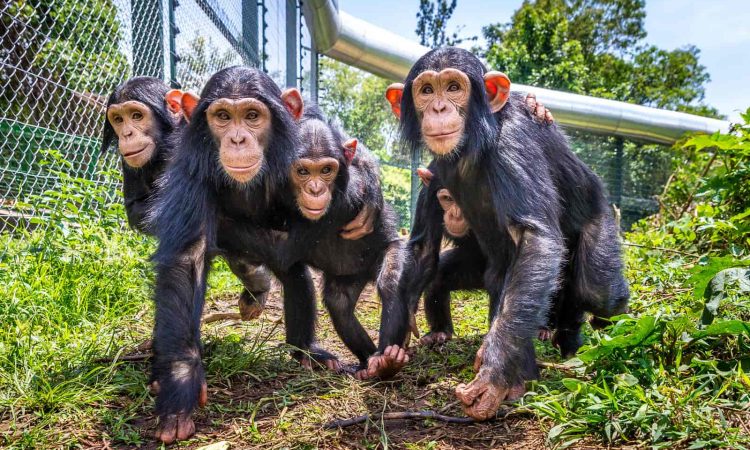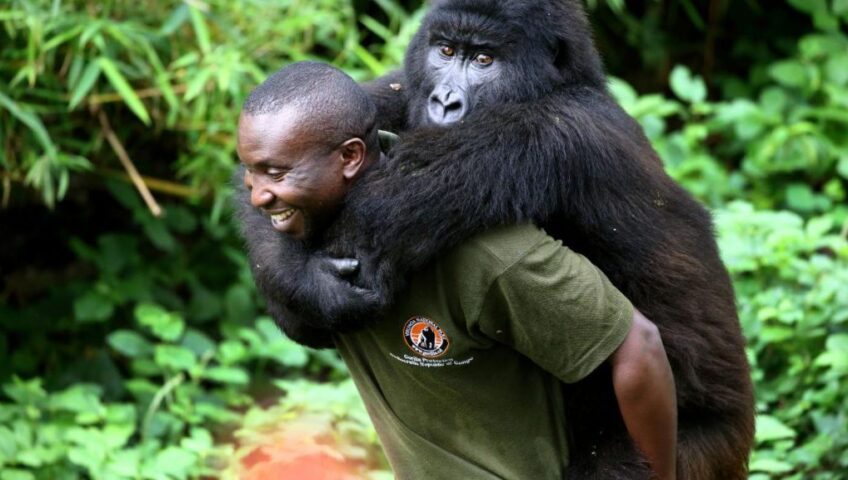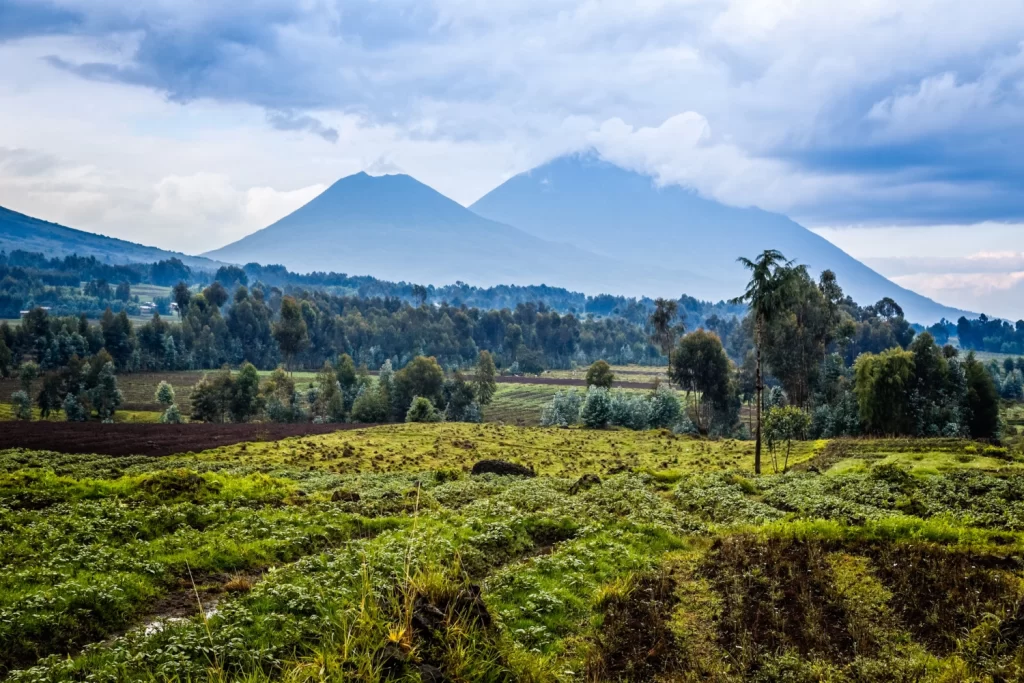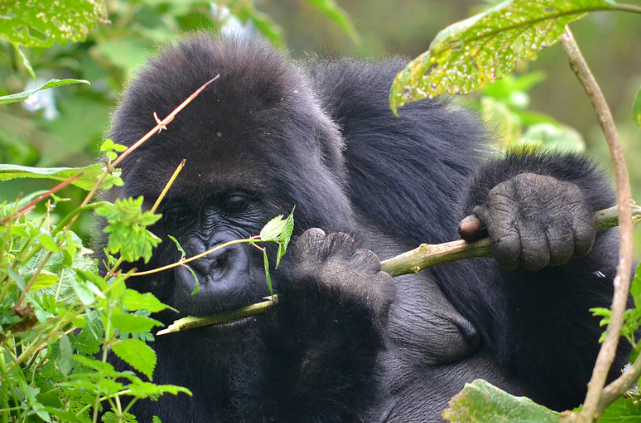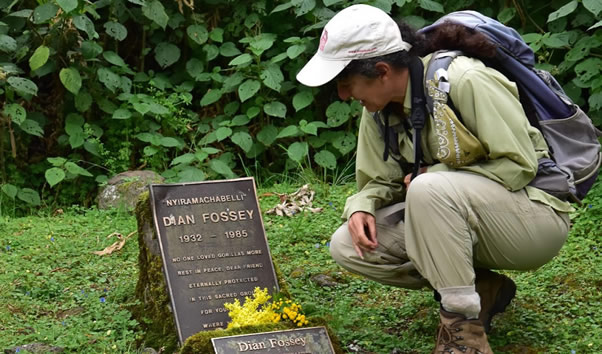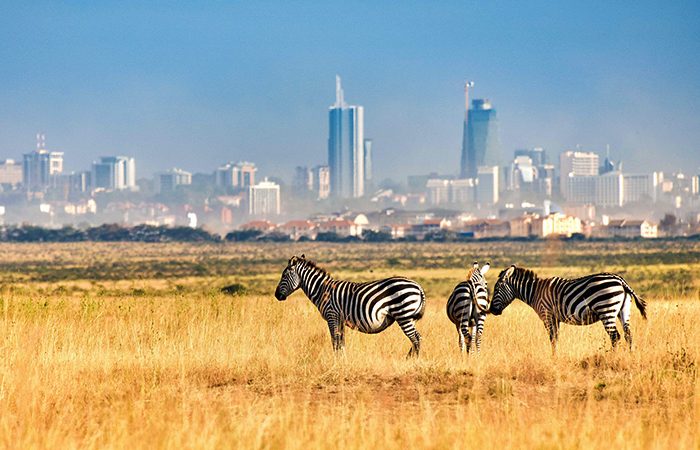
Nairobi National Park
Nairobi National Park is located in Kenya, right in the middle of Nairobi, the country’s capital. This is one of the few national parks in Africa that are found in the city. In 1946, the park was created. Nairobi National Park, Kenya’s oldest protected area, lies only a few miles (7 kilometers) south of Nairobi, the country’s capital.
The park is recognized as “the world’s only wildlife capital” and is distinguished by short, open grass that allows even city dwellers in scrapers to enjoy free game viewing from the comfort of their homes. The park’s many flora types, which are interspersed with Acacia trees and some woods, are home to four of the big five African animals—the elephant is the lone exception. Over 400 bird species, including forest, savannah, and waterbird varieties, as well as about 100 animal varieties, may be found in Nairobi National Park.
The Nairobi national park is one of the smallest parks in both Kenya and all of Africa with a total area of 117 square kilometers. The park is home to the greatest number of black rhinos in the entire globe, not just in Africa. The park also has the moniker “Kifaru Ark” thanks to its effectiveness in protecting rhinos. Although the park includes more than 50 black rhinos and a well-known anti-poaching force, in 2013 August poachers infiltrated the area and murdered one rhino, followed by another in January 2014.
In comparison to other parks, the Nairobi National Park has the most successful game drives since visitors can readily spot lions and hyenas because park guards keep an eye on the lions’ movements to prevent conflicts between people and the big cats. This has facilitated or made it simpler for visitors to view the lions, but one must be lucky and patient to view the shy leopards and occasionally the cheetahs.
Attractions of Nairobi National Park
The Nairobi National Park is home to a number of attractions, and the growth of these attractions across the park has been greatly influenced by the general vegetation cover of the park. The main draw includes animals. The only mammal species absent from the park’s nearly 100 species of animals are elephants, leaving 4 of the African big 5. Giraffes, Eland, zebras, gazelles, waterbuck, hippos, and many more creatures can also be found in the park.
Birds
More than 400 different bird species, including migratory birds that travel during the rainy season to breed and then return home after breeding, can be found in the national park. In the park, there are also year-round people who live permanently. The three habitat types that are now existent in the park are split among the bird species. The majority of the park’s species are open savannah birds, such as Ruppell’s vultures, secretary birds, ostriches, long-tailed fiscals, bustards, and many others. Forest birds are found in the Southern region of the park, which is covered in forests. In the marshes of Nairobi National Park, there are several types of waterbirds as well. Common Moorhen, Black-headed Heron, Blacksmith Lapwing, among other waterfowl, are among them.
Predators
Predators are well-congregated in Nairobi National Park and are readily seen. Guests can easily spot lions during their game drives because rangers keep tabs on the lions’ movements. The list of predators also includes cheetahs, jackals, hyenas, and leopards.
Activities in Nairobi National Park
This has opened up a number of activities due to the park’s various attractions. The following are the main things that people do in the park:
Birding
Second only to the Masai Mara National Reserve, Nairobi National Park in Kenya offers one of the best birding safaris in the country. Although birding may be done all year long, the best time to do it is from March to May and November, when it tends to rain. Birds are nesting at these periods, and migratory birds are present, particularly those from European countries.
Game viewing
Despite being one of Kenya’s smaller parks, Nairobi National Park offers fantastic opportunities for game viewing. 4 of the African big 5 are visible. These include leopards, lions, buffalo, and rhinos. There are numerous more large animals in the park, such as hyenas, cheetahs, jackals, gazelles, and zebras. Depending on the guest’s available schedule, the game drives might be a full day with a packed lunch or a half-day.
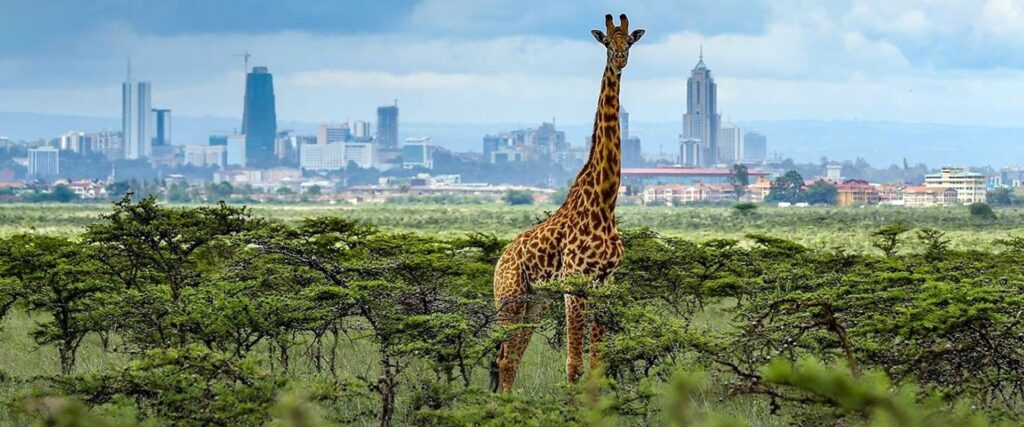
Rhino Trekking
The park holds the unique distinction of being the best black rhino preservation national park in the entire world. Over 70 black rhinos can be found in the park. One of the main things to do at Nairobi National Park is go rhino trekking.
City Tour
Nairobi National Park, which is in the center of the city, adapts its stunning views to Nairobi city tours so that visitors can unwind in the suburbs after a successful day in the bush. After a wildlife drive in the bush in the afternoon, city visits are possible.
One of the places that one might visit closely after business appointments in Kenya is the Nairobi National Park. You can go on all kind of quick but worthwhile safari excursions in Nairobi National Park. If you’re looking for anything to do to complement your visit to the capital of Kenya, look no further. The Nairobi National Park is where you’ll have the best time.
Among the places you can visit while on business in Nairobi is the Nairobi National Park. One might take a day trip to the Nairobi National Park for a safari that is highly rich in animals.
